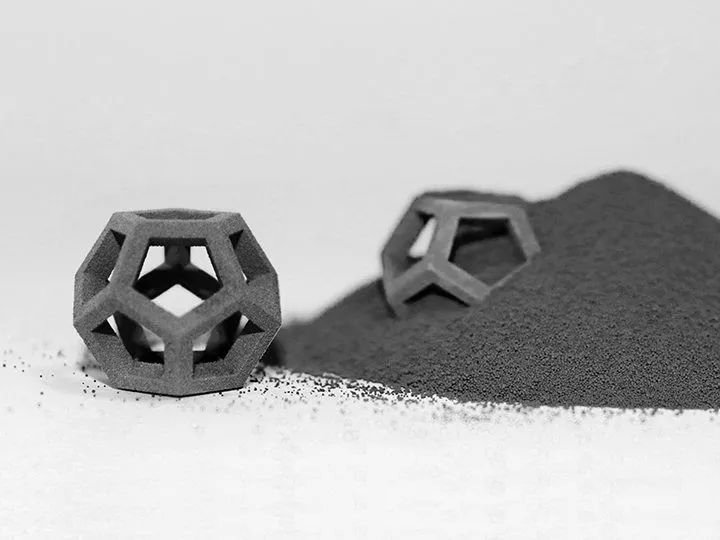Binder Jetting: A Guide to This Additive Manufacturing Technique
Introduction
Additive manufacturing, commonly known as 3D printing, has revolutionized how industries approach production and prototyping. Unlike traditional manufacturing, additive manufacturing builds parts layer by layer, allowing for complex geometries, quicker prototyping, and customized products. Binder Jetting has gained significant attention among the various additive manufacturing technologies due to its unique approach and extensive applications. It combines flexibility, speed, and versatility, making it crucial in modern manufacturing industries, including aerospace, automotive, and medical sectors.
What Is Binder Jetting?
Binder Jetting is an additive manufacturing process where a liquid binding agent is selectively deposited onto layers of powdered material. This technology allows for the creation of intricate and detailed components without the use of molds or traditional machining. The deposited binder effectively bonds the powdered particles together layer by layer, eventually forming a cohesive three-dimensional object. Binder Jetting is distinct from other additive methods, such as Direct Metal Laser Sintering (DMLS), Selective Laser Melting (SLM), and Fused Deposition Modeling (FDM). Unlike these methods that rely on melting or extruding materials, Binder Jetting uses a chemical binding approach that often results in lower energy consumption, faster build times, and greater material diversity.
The Manufacturing Process of Binder Jetting
The Binder Jetting process involves several key steps:
Powder Spreading: A thin, uniform layer of powder is spread across a build platform using a roller or blade. Ensuring even powder distribution is critical to achieving uniform layer thickness and consistent quality.
Binder Application: A printhead selectively jets droplets of binder fluid onto the powder bed according to the CAD design. The binder fluid solidifies upon contact, adhering powder particles together.
Layer Formation: This cycle of powder spreading and binder application repeats layer-by-layer until the entire object is built. Typically, each layer ranges from 50 to 200 microns, depending on precision requirements.
Curing and Post-Processing: After printing, the part is left in the powder bed to cure, allowing the binder to harden fully. Once cured, the component is removed from the build bed and undergoes post-processing steps to achieve final properties, such as increased density and surface finish.
Suitable Materials for Binder Jetting
Binder Jetting supports a wide variety of materials, making it adaptable to different industry requirements:
Metals: Stainless Steel, Inconel alloys (Inconel 625, Inconel 718), Copper, Titanium alloys.
Ceramics: Alumina (Al₂O₃), Silicon Carbide (SiC).
Composites and Sands: Used primarily for mold-making in foundries, providing an excellent surface finish and precision.
Each material offers specific benefits, such as high strength, heat resistance, corrosion resistance, or excellent thermal conductivity.
Surface Treatments for Binder Jetting Components
Surface treatments significantly enhance Binder Jetting components' mechanical properties, durability, and aesthetics. Common treatments include:
Thermal coatings: Enhances heat resistance and durability.
Sandblasting: Improves surface texture and removes excess powder.
Polishing: Provides smoother surfaces, essential for precision applications.
Electroplating: Offers corrosion resistance and decorative finishes.
Heat treatment: Increases mechanical strength and hardness.
These treatments help Binder Jetting components meet stringent industry standards for performance and durability.
FAQs:
What materials are best suited for Binder Jetting?
How does Binder Jetting compare to traditional CNC machining?
What surface treatments enhance Binder Jetting parts?
What are the limitations of the Binder Jetting process?
Is Binder Jetting suitable for mass production applications?

